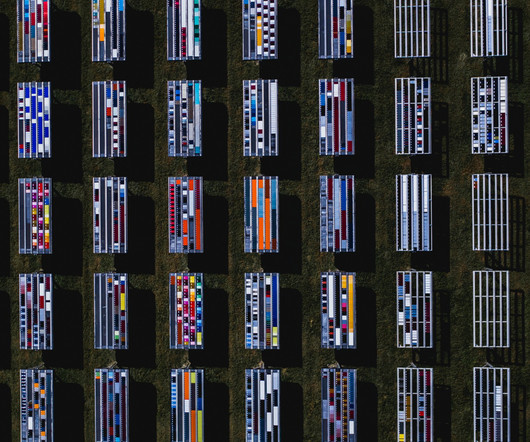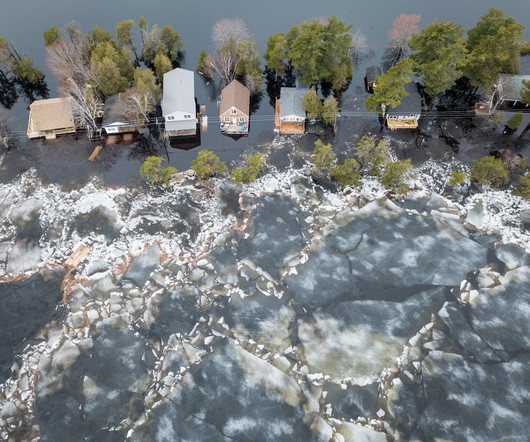Sustainability trends: 5 issues to watch in 2024
IBM Big Data Hub
FEBRUARY 7, 2024
trillion in economic benefits by 2030. Governments, businesses, and non-profit organizations globally are implementing initiatives such as establishing protected areas, restoring degraded ecosystems and promoting sustainable agriculture and forestry practices. They’re also turning to a new perspective: “nature positive.”













Let's personalize your content